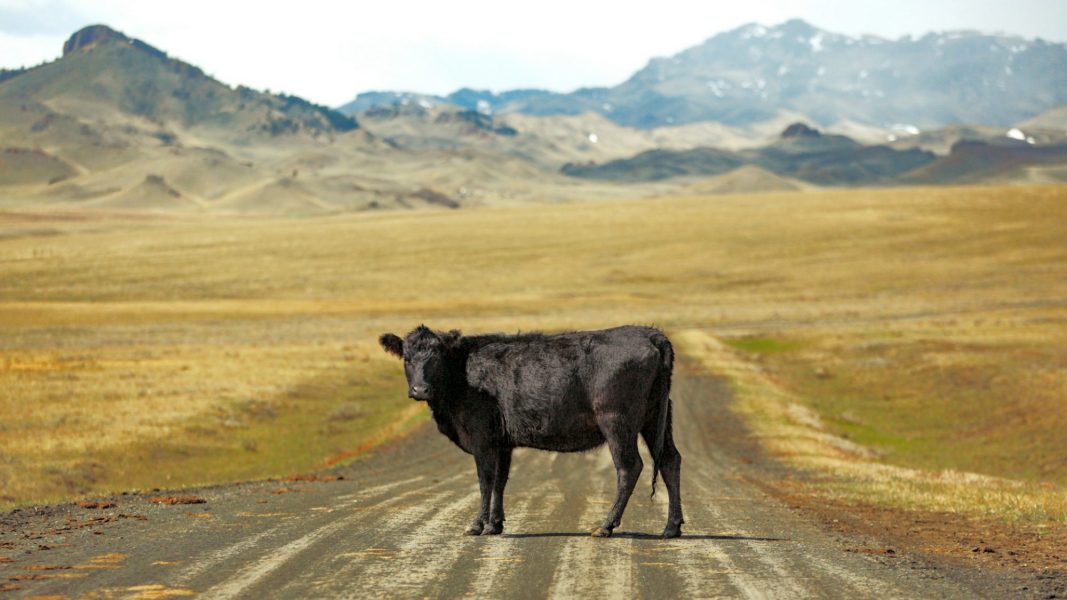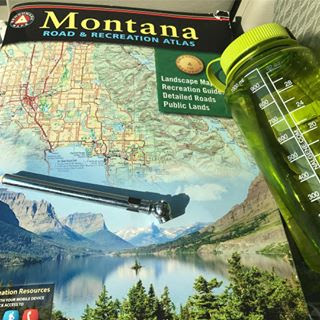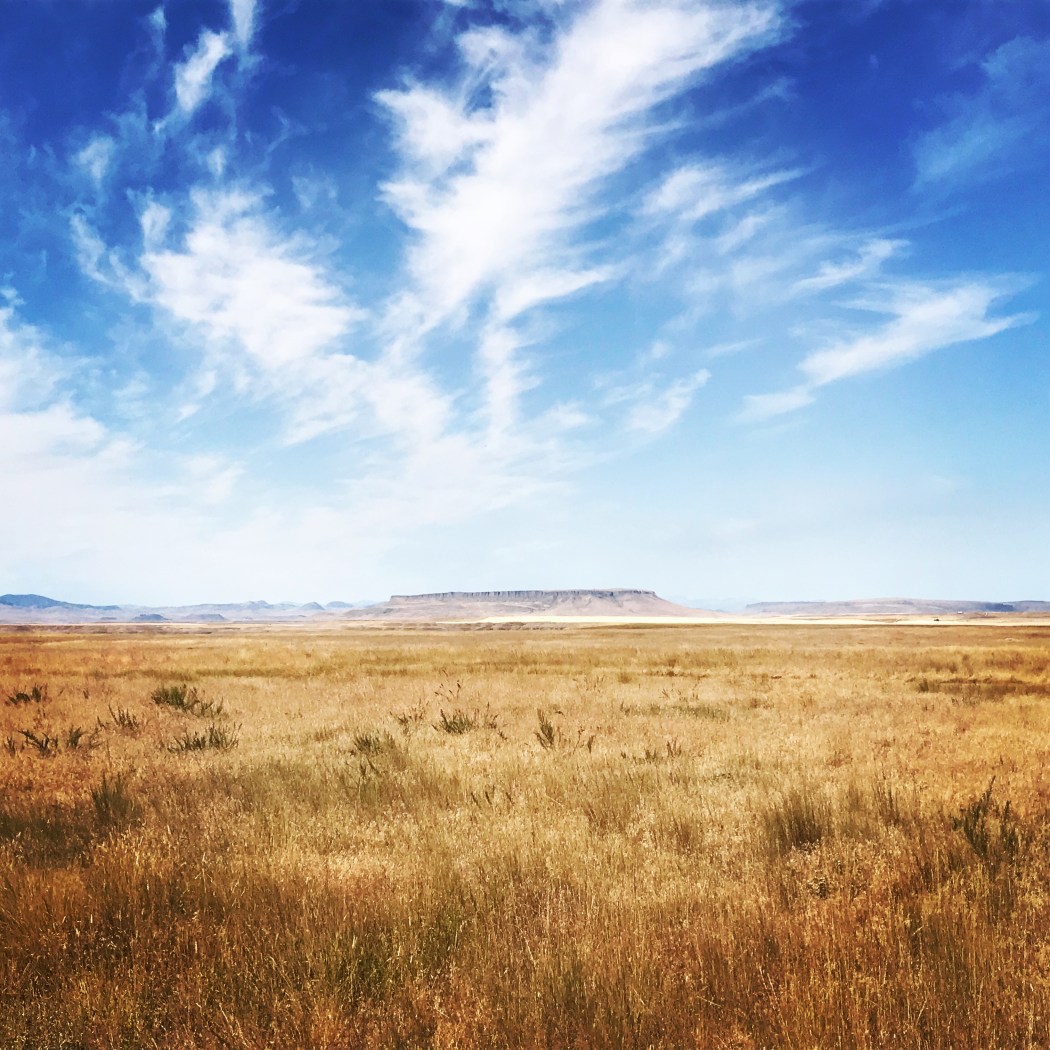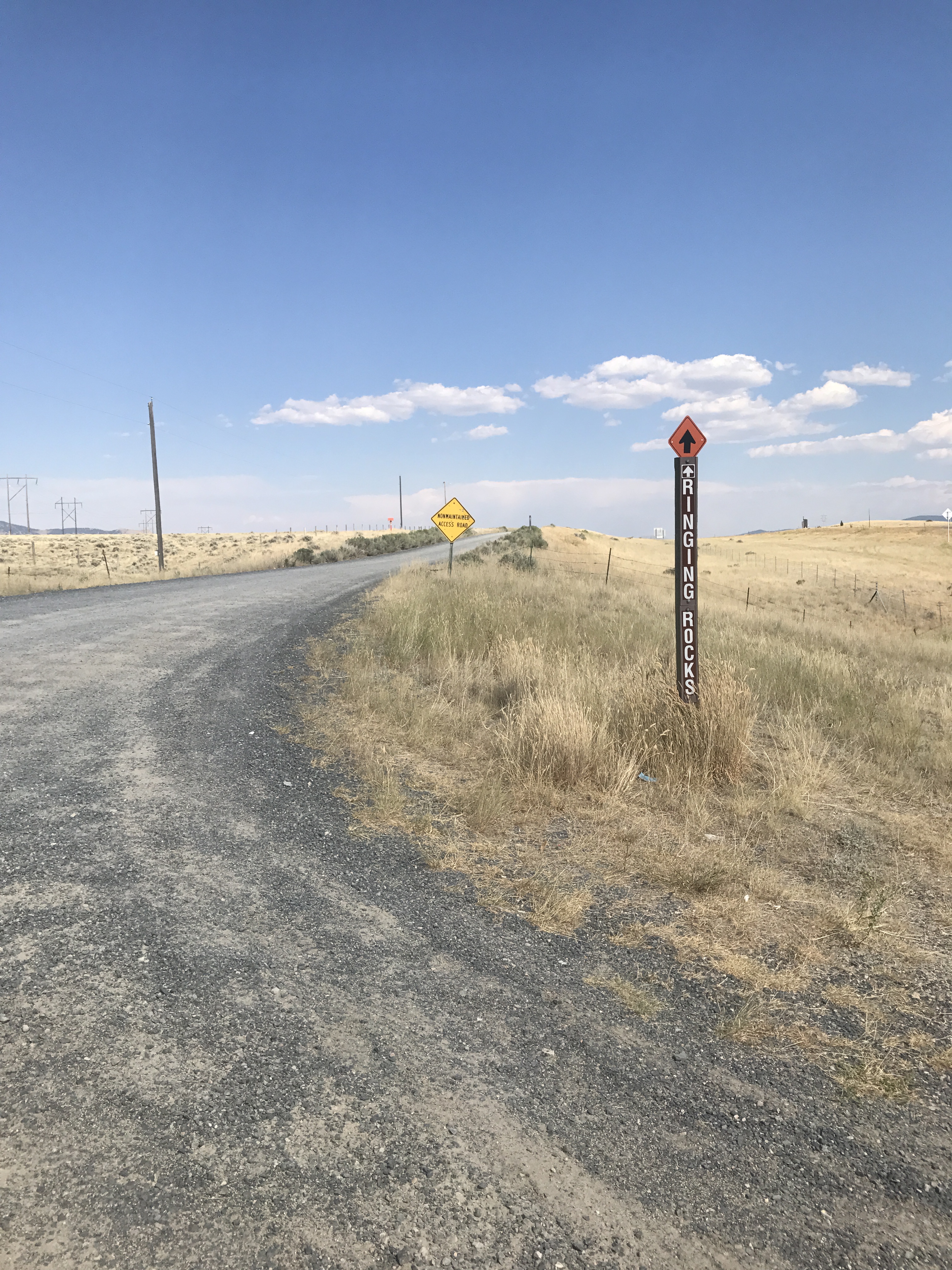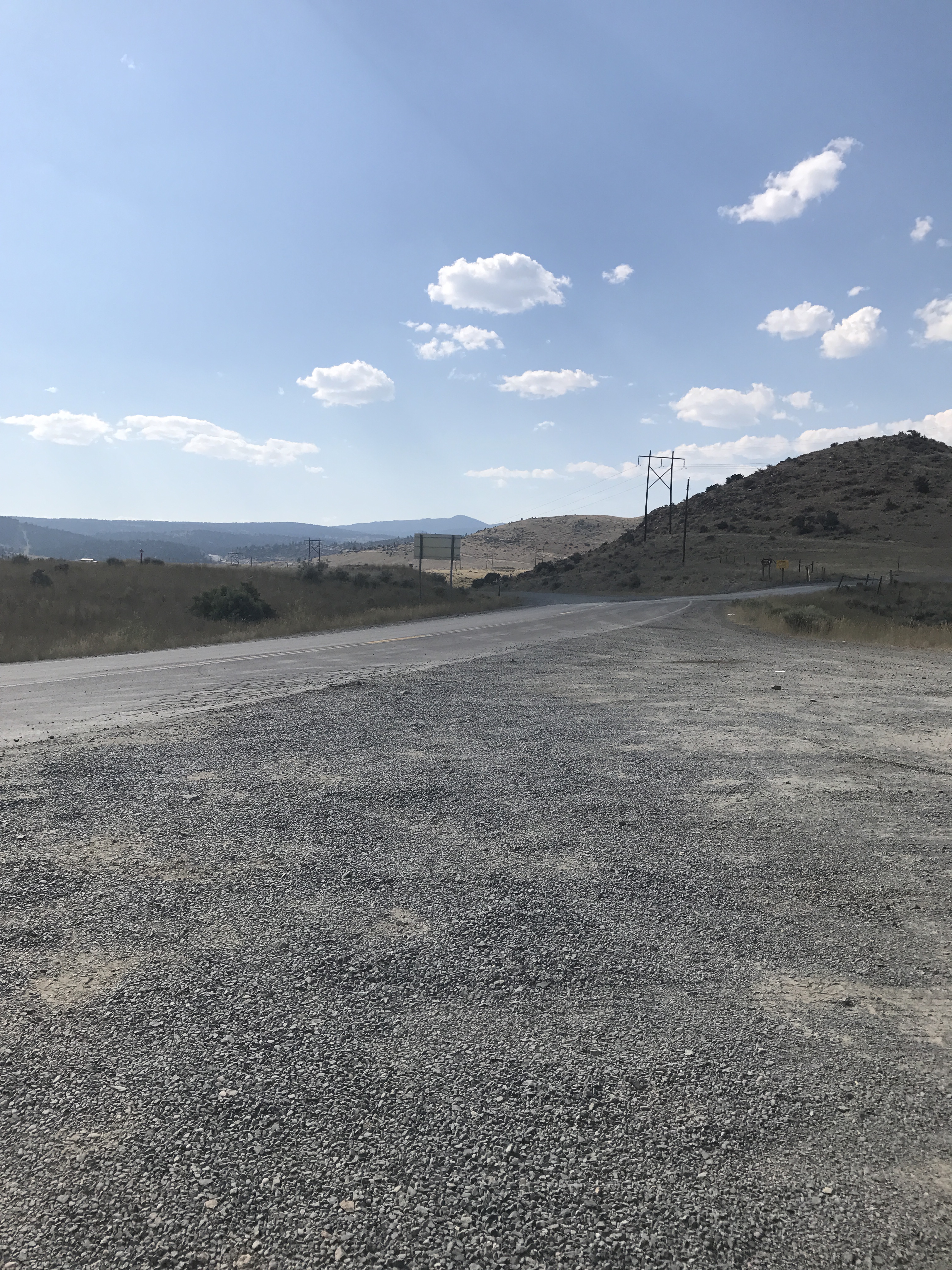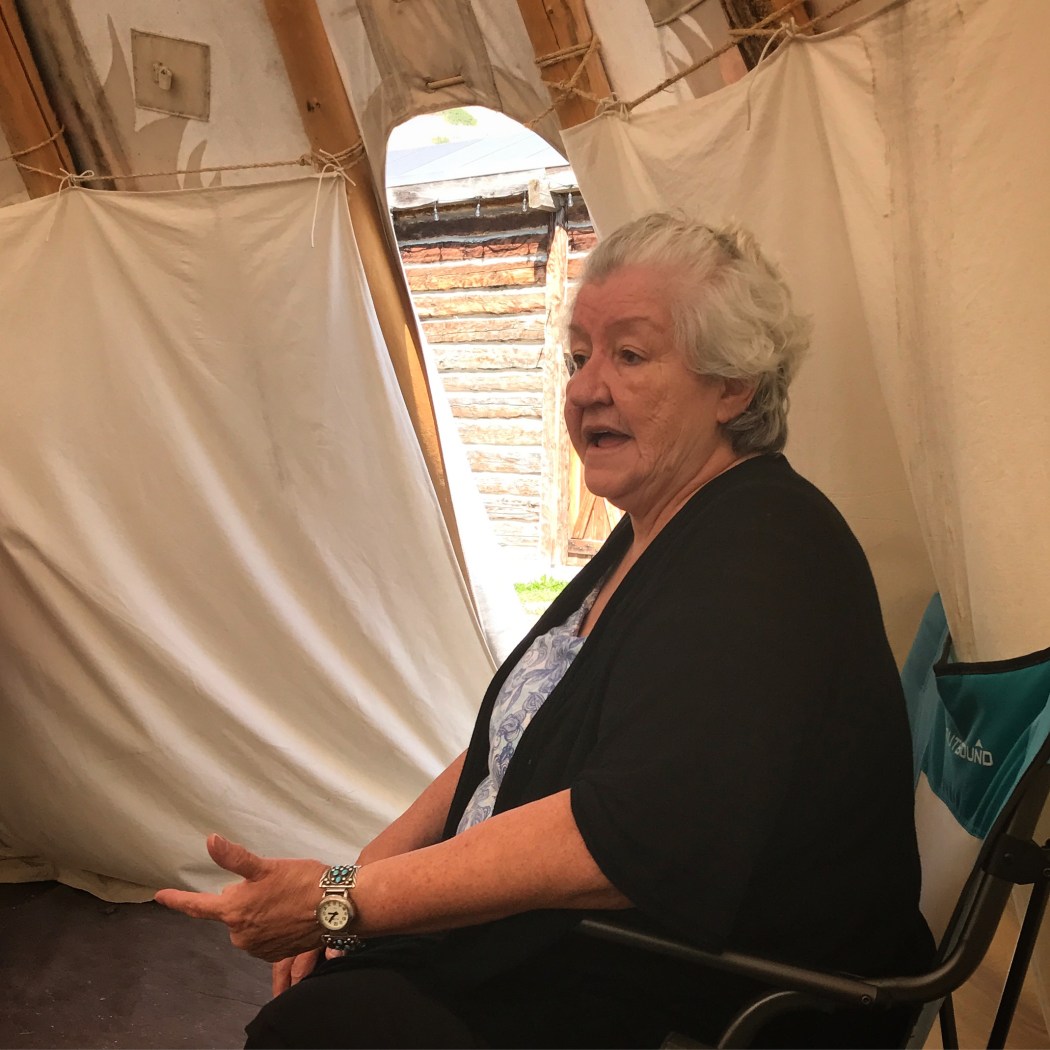
Before I left Ohio to spend the summer in Montana and the Canadian Rockies, Sister Julie Myers, OSF, told me to connect with nature and to listen closely to what nature would tell me. Since Franciscans are known for their nature wisdom, I took her advice and have spent many joyful hours outdoors this summer.
But, I wouldn’t say my nature playtime had organized into any consistent themes until yesterday.
I met Blanche, a wise Blackfoot woman, in Lethbridge, Alberta. Each Friday, since she is legally blind, Blanche takes a cab to Fort Whoop-Up and spends the afternoon sharing her Blackfoot wisdom with the tourists. Blackfoot culture and religion are based on a long and intimate relationship with the land.
Last Friday was a slow afternoon and I had Blanche almost to myself. Here are some of the stories Blanche shared with me.
Time
“Back then they had time. It’s not like we have time today. Noon, midnight, noon—that’s 24 hours. That’s one day.
In my ancestors’ time, day started when the sun came up over the horizon and ended with the sun setting in the west behind the mountains. Whether it was a few hours, like in the winter, or long days like we have in the summer. That was day.
Once the sun set, it was not time for humans to go hunting, go wood collecting, or go berry picking, it was time for human beings to come into their homes. It is time to close the outside world out.
We didn’t have Monday, Tuesday, Wednesday, Thursday, Friday. (Yeah, it’s the weekend!) Saturday, Sunday. (Ugh, time for another week.)
We didn’t have those kind of days. We had the daylight. That was our day. We didn’t have months like January, February, March. We had moon cycles. Each of those moon cycles would tell my people you are able to do this now… the duck moon, the frog cycle.
Today, we go to the calendar and decide what we need to do at which hour. Back then, there was no hour, minute, second, month or year. It was daylight and nighttime. It was completely in balance.”
Connect with nature
“Once a year when I was still able, I would drive into the foothills to a special spot that I used to visit with my mom and dad when I was a small girl. I would go back to that same place and spend the night. I would look at the colors. There are colors there that no artist can imitate. I experienced this place through my eyesight, through my hearing, through my sense of smell. I loved that serenity I would feel when I went up to the mountains. Sometimes I would see elk. If you listen closely, there might be six elk bugling and each had his own song. And I could hear the birds that inhabit the mountain foothills. Nature is so beautiful.”
Blanche’s advice to us
“Go sit in your backyard and let the smells and the textures flow through you. It is a cleansing. It renews you.
Again and again and again, connect with nature. If you sit quietly with nature, you will receive the gifts of peace of mind, calmness, tranquility, relaxation. You won’t need to sedate yourself to relax. The foundation of our lives is mother earth.”
So now I have a Franciscan nun and a Blackfoot elder telling me the same thing. I think I better pay attention!

AlbertablackfootCanada150fort whoop upfranciscannatureserenitytimewisdom


